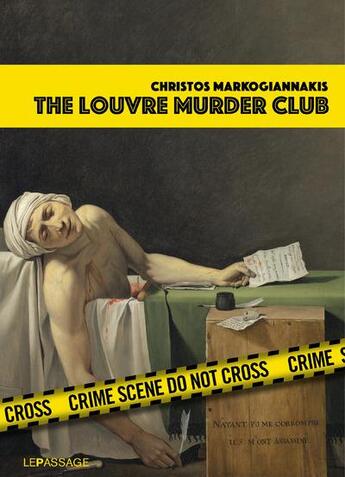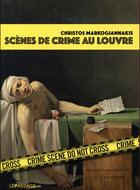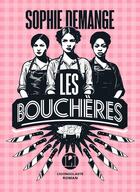-
Date de parution : 20/04/2017
-
Editeur :
Le Passage
-
EAN : 9782847423587
-
Série :
(-)
-
Support :
Papier
Résumé:
Welcome to the Louvre, a universe where on canvas, in marble or clay - in every nook of the museum - murder is present...
The Louvre Murder Club investigates and interprets a choice of some thirty artworks by applying the principles of criminology and art history for a unique «criminartistic»... Voir plus
Welcome to the Louvre, a universe where on canvas, in marble or clay - in every nook of the museum - murder is present...
The Louvre Murder Club investigates and interprets a choice of some thirty artworks by applying the principles of criminology and art history for a unique «criminartistic» analysis. All come from very different styles and periods. But all - from ancient Greek amphorae to nineteenth-century French paintings, from canvases by Rubens to those by Delacroix, David or Ingres - have one thing in common: they depict mythological or historical murders, their protagonists and their stories.
Each work will be treated as a crime scene and will lead to a fascinating investigation inspired by the principles of legal and forensic teams. Into what category does the murder fall? What are the factual and historical issues ? Who are the victims? What portrait can be drawn of the guilty ? What is their profile, their background, their motive ? Bringing the truth to light will depend on the unexpected answers given to these questions.
Donner votre avis















